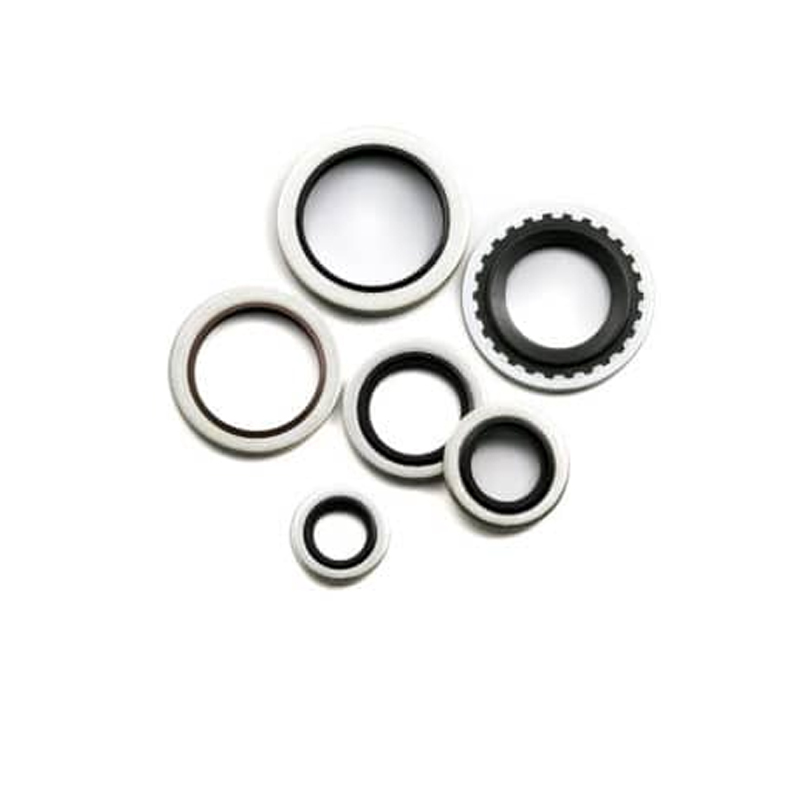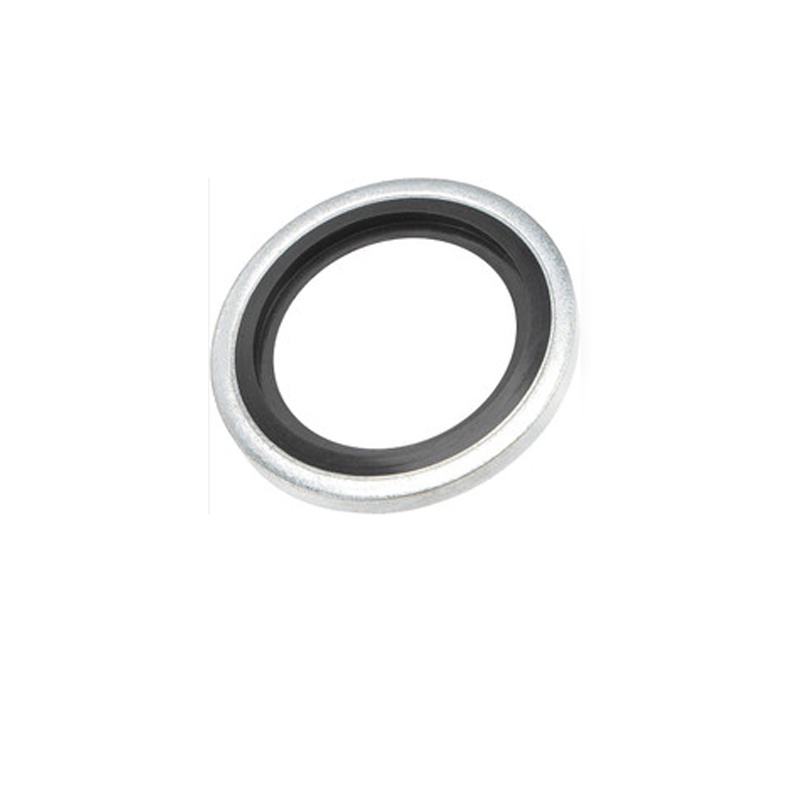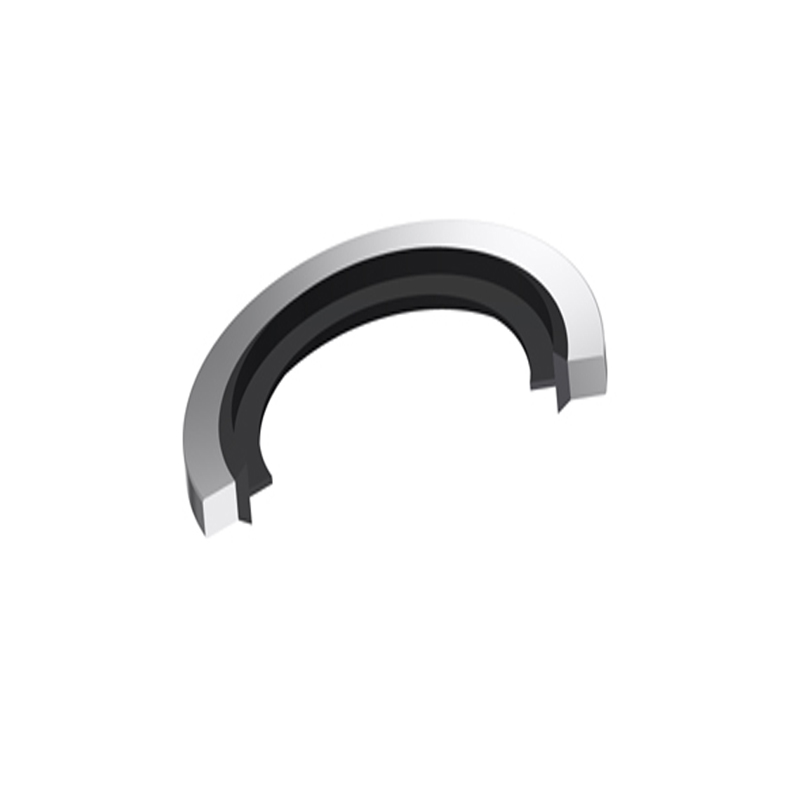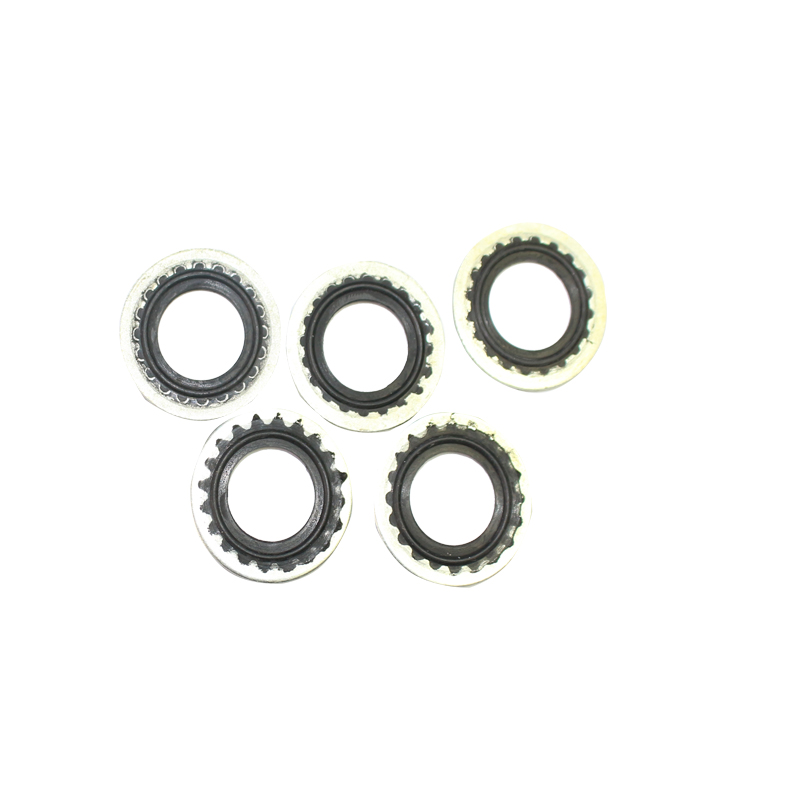High-Performance Bonded Seal Kit for Leak-Free Sealing Solutions
The most comprehensive analysis of bonded seal kit, including structure, process, technical trends, and real-world case studies.
Visit Official Bonded Seals (Dowty Seals) PageIn the ever-evolving field of fluid sealing and hydraulic systems, bonded seal kit (commonly known as Dowty Seals) have emerged as an essential solution for reliable, leak-proof connections in demanding industrial environments. Related solutions such as bonded piston seal, bonded seal ring, and metal bonded seal are also gaining prominence, catering to applications with increasing calls for durability, process efficiency, and stringent industry compliance.

Market research by MarketsandMarkets (2023) estimates the global industrial sealing market at USD 5.2 billion, with bonded seals accounting for over 13%, and projected CAGR of 5.8% over 2023-2028. Key growth drivers include the expansion of petrochemical and water treatment sectors, increasing adoption of digital process controls, and stricter fluid leakage standards (ISO 3601, ANSI B16.20).
- Emerging Trends: Smart seals with embedded RFID for lifecycle tracking, advanced FKM & HNBR elastomers for chemical resistance, and CNC-based customization for special dimension applications.
- Key Sectors: Oil & Gas, Water Treatment, Metallurgy, Food Processing, Hydraulics, and Renewable Energy.
- Related Solutions: Bonded piston seal for hydraulic actuator longevity; metal bonded seal for high-pressure static joints; bonded seal ring for quick maintenance in modular systems.
| Parameter | Bonded Seal Kit | Bonded Piston Seal | Metal Bonded Seal | Bonded Seal Ring |
|---|---|---|---|---|
| Material | Carbon Steel / Stainless Steel + Nitrile / FKM / HNBR | Steel + NBR/FKM | Alloy/SUS316L + Fluoroelastomer | CS/SS + NBR/EPDM |
| Temperature Range | -30°C ~ +200°C | -40°C ~ +120°C | -20°C ~ +250°C | -35°C ~ +150°C |
| Pressure Resistance | Up to 40 MPa (ISO 3601) | 28-32 MPa | Up to 50 MPa | 25 MPa |
| Standard Compliance | ISO 3601, SAE J120, ANSI B16.20 | DIN 3771/ISO 6194 | ASME B16.20, FDA | ISO 3601 |
| Service Life | 3-8 Years (150,000+ cycles) | 2-5 Years | 7-10 Years | 2-4 Years |
| Key Application | Static Flange Sealing, Bolted Joints, Hydraulics | Piston Assembly, Hydraulic Cylinders | Extreme Pressure, Chemical Plants | Quick Couplings, Modular Skids |

The optimal performance of a bonded seal kit relies heavily on its manufacturing precision and quality control. Below is a stepwise illustration of the manufacturing workflow, highlighting critical process nodes.


- Metal Blanking: High-precision cutting of ring from carbon steel or stainless steel blanks.
- Elastomer Preparation: Mixing and pre-heating NBR/FKM/HNBR elastomers for optimal adhesion.
- Bonding & Molding: Compression/injection molding under temperature (160-180°C); vulcanization bonds elastomer to the metal ring.
- Curing/Trimming: Controlled thermal curing; excess rubber trimmed off via CNC lathe.
- CNC Finishing: Final dimensional machining ensuring ISO 3601 tolerance.
- Inspection: Each bonded seal kit undergoes leak/pressure testing with NDT and ISO-certified gauges.
The bonded seal kit is composed of two integral parts:
- Metal ring (Carbon steel, Stainless steel, SUS316, Alloy, etc.): Provides high mechanical stability, resists deformation at flange joints, and acts as a pressure limiter.
- Elastomer sealing lip (NBR, FKM, HNBR, EPDM): Chemical-resistant, heat-tolerant, and ensures microscale conformity to the mating surface for zero leakage.

Key Technical Advantages
- Leak-tight even under pulsed pressure: Metal ring controls extrusion; elastomer lip adapts to microgrooves or surface defects.
- Chemical and temperature resistance: Advanced elastomers withstand hot oils, coolants, and most industrial fluids (-30°C to +200°C).
- Rapid assembly & low torque requirements: Maintains sealing with 40% lower bolt torque vs. flat copper washers (source: Dowty test report, 2023).
- Reusable for certain applications: Up to 2 cycles if visual damage is absent (pending assessment).
- Industry-Certified: Can be supplied to ISO 3601, ANSI B16.20, SAE J120, FDA food contact, or customized per client standards.

| Brand | Main Strength | Certifications | Key Markets Served | Year Established |
|---|---|---|---|---|
| YJM SEAL | OEM R&D, Full Material Range, CNC Customization | ISO 9001:2015, ISO 3601, FDA | Asia, North America, Europe | 1998 |
| Parker Hannifin | Global Service, Material R&D | ISO/TS 16949, AS9100D | Worldwide (Industrial/Auto/Aero) | 1917 |
| Freudenberg | Automotive/Heavy Industry Expertise | IATF 16949, FDA | Europe, Americas | 1849 |
| Dowty | Classic Original Design, UK Manufacturing | ISO 9001, ISO 3601 | EU, Middle East | 1935 |
- YJM SEAL specializes in custom bonded seal kit and all related formats with professional CNC and elastomer bonding labs.
- Dowty sets the standard for "Dowty seals", offering classic UK designs widely referenced by API/ISO norms.
- Parker and Freudenberg are chosen for mission-critical/severe duty in aerospace, oil, and heavy manufacturing.
Bonded seal kits can be customized in both dimension & material profile to best fit demanding installations:
- CNC Machined Rings: Thickness: 1.2–3.8mm, Diameter: 6–200mm (tighter tolerance per ISO/TS 16949 upon request).
- Elastomer Choice: NBR (standard), FKM (fluorocarbon) for heat/chemical, HNBR for sour gas.
- Special Coatings: Zinc plating, PTFE, or phosphate for corrosion resistance (meets ASTM B117 salt spray test >1200h).
- Packaging/Marking: Kits can be pre-counted/marked for logistics chain requirements.
- Documentation: Full traceability/CoC per ISO 3601, 3.1 EN10204 as required.

- Client: SABIC Saudi, ME region
- Problem: 6% failure rate with plain copper washers; frequent leakage under pulsed pressure (26–31 MPa).
- Solution: Upgraded to FKM-stainless bonded seal kit (per ISO 3601) on all heat exchanger flanges.
- Result: Zero leakage reported for >20,000 hours; installation time per joint reduced by 28%.
- Client: Baosteel, PR China
- Problem: Hydraulic oil leaks, leading to unscheduled downtime in steel-rolling presses every 4 months.
- Solution: Installed NBR-steel bonded seal ring across block manifolds, replacing O-rings and copper gaskets.
- Result: Maintenance interval extended to 18 months; improved torque efficiency, saving approx. 670 man-hours/year.
- Client: Danone Bottling EU
- Requirement: FDA/FKM/FDA-EPDM bonded seal kits for hygienic flange connections (CIP/SIP systems).
- Outcome: Passed EU and US FDA contact approval; sterilization cycles >250x without seal damage or flavor transfer.
Customers in hydraulics, oil & gas, food processing, and renewable energy report:
- Easy installation (40% faster than cutting gaskets/O-rings)
- No visible leakage after 8+ months' high-cycle duty (end-user: SANY Group, 2023 maintenance audit)
- Consistent performance at both high and low temperatures (user survey, 2024: 97% satisfaction)

- Typical lead time: Stock varieties ship in 2–4 days, large custom lots in 2–3 weeks (air/sea dispatch worldwide)
- Warranty: 18 months/150,000 cycles against manufacturing defects for standard bonded seal kit; extended if required for OEMs.
- Customer support: Dedicated technical team for installation/troubleshooting; 95% first-contact resolution rate (2024 data).
Frequently Asked Questions On Bonded Seal Kit & Related Terms
- MarketsandMarkets: Global Gasket & Seal Market 2023–2028
- Valve Magazine: Understanding Dowty Bonded Seals in Hydraulics
- ISO Standards: ISO 3601:2015 - Fluid Power Seals
- Hydraulic & Pneumatic Forum: User Discussion: Bonded vs Metal-Metal Sealing
- Dowty Seals Catalog: Parker Dowty Bonded Seals Catalog
-
Seal 12x20x5: Precision Radial Shaft Seals for Industrial Reliability
News Nov.24,2025
-
Seal 12x18x5: Essential Guide to Specifications, Applications & Vendors
News Nov.24,2025
-
Understanding Seal 12 20 5: Applications, Specifications & Industry Insights
News Nov.23,2025
-
Durable Oil Seal 85x110x12 – Reliable Sealing Solutions for Industry
News Nov.23,2025
-
Durable and Precise Oil Seal 75x95x10 for Efficient Machinery | YJM Seal
News Nov.22,2025
-
Durable Oil Seal 75x100x10 for Reliable Industrial Performance | YJM Seal
News Nov.22,2025
-
High-Quality Oil Seal 65x90x10 | Durable & Reliable Sealing Solutions
News Nov.22,2025
Products categories















